5 Reasons to Protect the Scotchman Peaks
The proposed 13,900-acre Scotchman Peaks Wilderness lies outside the Idaho communities of Clark Fork, Hope, and Sandpoint. Thousands of local residents have been working to safeguard this ruggedly beautiful landscape for more than a decade. They are urging Senator Jim Risch (R-ID) to introduce legislation in 2016 to conserve this wildlife and outdoor recreation haven for future generations to use and enjoy. Here are five reasons to protect it:
1) Stunning landscapes. The Scotchman Peaks region’s jagged mountains and deep valleys are the backbone of the Rocky Mountains. Looming above Lake Pend Oreille and the Clark Fork River in the Cabinet Mountains, Scotchman Peak is the highest point in Bonner County, Idaho, at just over 7,000 feet.
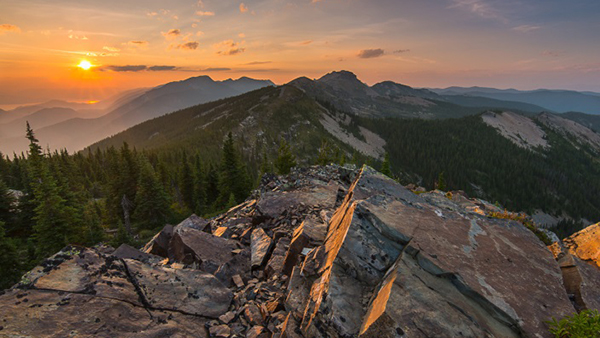 © Aaron Theisen
© Aaron TheisenSunset illuminates vast swaths of forest, rocky ridges, deep valleys, and alpine meadows in the area.
2) Mountain goats and more. Grizzly bears, bull trout, Canada lynxes, wolverines, moose, and mountain goats all make their home here. Hunters prize the area for trophy-size deer and elk.
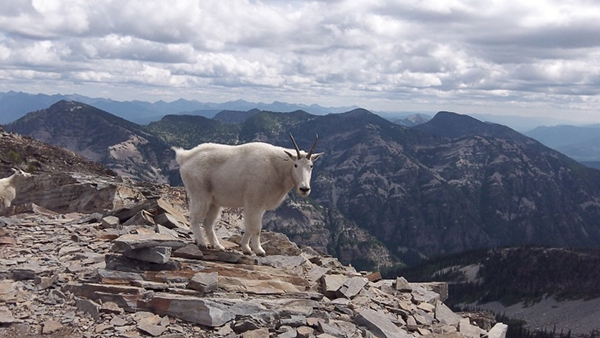 © Tom Tuttle
© Tom TuttleA mountain goat stands atop Scotchman Peak, where views of Lake Pend Oreille, Goat Peak, and Idaho’s West Cabinet Mountains stretch for miles.
3) Unique forests. The northern Rocky Mountains and Canadian boreal forest habitats overlap here, while Pacific maritime influences bring abundant rain, which allows for inland temperate forest in some areas. The landscape also supports cedars and hemlock, species under-represented in the National Wilderness Preservation System.
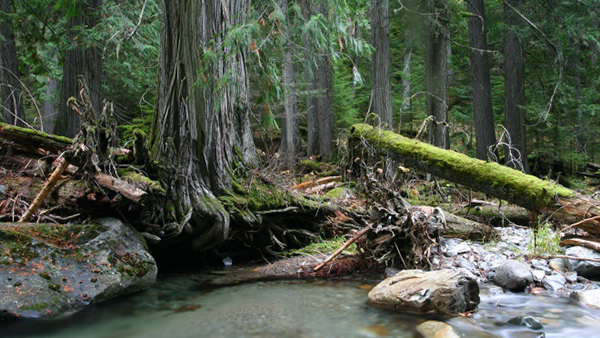 © Monte Dodge
© Monte DodgeOld-growth cedars line the lower-elevation streams within the proposal area.
4) No wilderness in northern Idaho. The northern nine counties of Idaho (the Panhandle) contain many rugged, wild, roadless areas, but none are protected as wilderness. The Scotchman Peaks provides outstanding opportunities for solitude or for activities such as backpacking, hiking, snowshoeing, cross-country skiing, hunting, fishing, and camping. Wilderness designation would ensure that these activities could be enjoyed in the future.
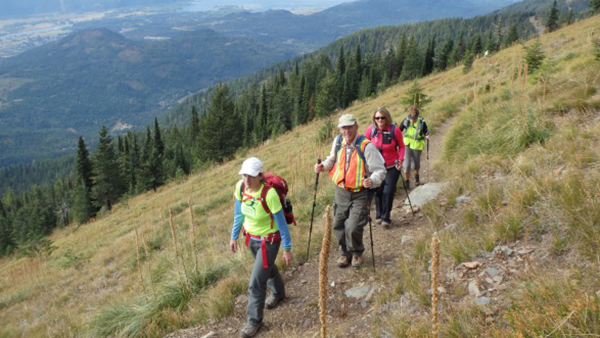 © Phil Hough
© Phil HoughHikers traverse the Scotchman Peaks. Protected public lands support local economies through outdoor recreation and tourism jobs.
5) Community support. Diverse supporters of the wilderness designation include the Rotary Club of Sandpoint, Bonner County Board of Commissioners, Idaho Wildlife Federation, and Idaho Forest Group. Last year, the local newspaper, Bonner County Daily Bee, editorialized that the “proposed Scotchman Peaks Wilderness has drawn a diversity and depth of support that is rare in today’s world. The plan has garnered backing from everyone from local chambers of commerce, to political leaders, to trail groups.”
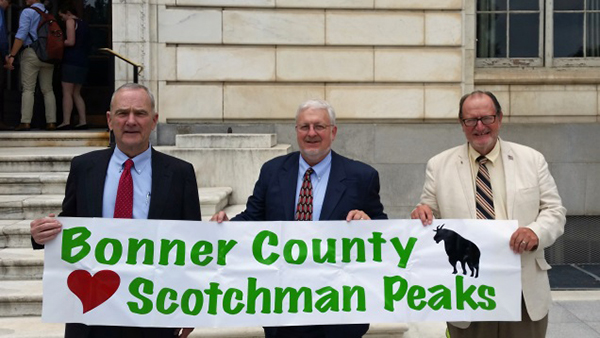 © Phil Hough
© Phil HoughIn summer 2016, advocates from the Bonner County Commission, Friends of Scotchman’s Peak, and Idaho Forest Group visited Washington to urge Congress to protect the Scotchman Peaks before the end of the year.







